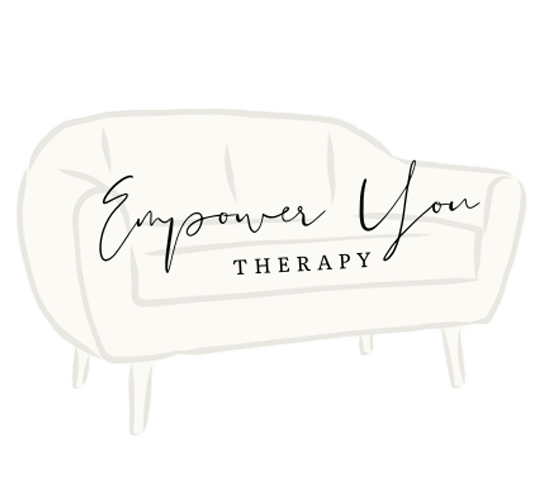Few things are as jarring, terrifying, or uncomfortable as the activation of trauma wounds. The cocktail of anxious panic, sense of imminent threat, hopelessness, and all kinds of other uncomfortable emotions can leave you feeling broken and powerless.
Thankfully, there is healing available.
From here, you might be wondering, how can I heal this? And what does my journey look like to get to that healing?
Enter what has been termed in the psychology world as the “mismatching experience.”
A mismatching experience involves rewriting old emotional learnings by activating those old emotional learnings, and then rewriting new beliefs and emotional experiences over the top of them. An emotional learning involves when a person’s nervous system, body, and mind have come to learn something from previous experiences, and they are expecting the same result now. This can apply to experiences that include being severely victimized physically or emotionally by another individual (or individuals) or repeated smaller experiences with others, especially childhood parents.
For example, if you had a parent who refused to engage in conflict and left whenever you brought up your needs or something that sparked tension, you might have a learning from childhood that says something like, “if I engage in conflict with someone I love, they will leave me.” As a child, we need parental figures to survive, so these learnings can hold serious weight.
In this case, a mismatching experience would involve reactivating the same emotional learning in a safe environment, likely with a trained therapist, and then experiencing something that goes against the initial emotional learning and replaces the learning with more helpful beliefs.
In the example above, this might look like a therapist helping a client delicately allow the initial emotional learning to rise to the surface, perhaps through visualization, role play, somatic awareness while talking about memories that created the wound, and more. Then the therapist allows the uncomfortable emotions to move through the client’s body and helps the individual experience something different, like warmth and love, while this emotional memory is activated.
Through this experience, the client replaces the old learning with a new more integrated learning. To use our previous example, this new learning might look like the following: “I am worthy of connection and can experience warmth in conflict,” or “I don’t need to avoid conflict to stay safe, and I can create my own safety and deepen my relationships through conflict.” The new learning will likely be very personal to the individual themselves. It’s important to recognize that this new learning replacement can happen both within the relationship between the individual and the therapist, as well as through the client’s relationship with themselves internally.
**I highly recommend finding a trained trauma therapist for this process, especially if you notice that your trauma responses are especially severe.**
Once the initial mismatching experience has been created for the individual, the individual can then reinforce the new learnings through
repetition. This repetition can continue to happen in the therapists’ office as well as well as through stepping into new behaviors in the person’s daily life that reinforce the new beliefs created. This repetition and adoption of the new belief in the individual’s life is a critical component to solidifying the new learning—keep in mind that it’s helpful to heal trauma with the intention of being able to more fully live the lives we want to be living, and doing so with that frame of mind is much more conducive to healing than only trying to resolve discomfort.
Remember this, it’s ok for this integration into everyday life to take some time.
In our example above, this might look like a person boldly and lovingly facing conflict in their everyday life while supporting themselves internally and engaging with safe people who can work through conflict collaboratively.
The great thing about finding a therapist who can help you experiences these healing mismatching experiences is that mismatching experiences are found in many core therapy modalities that are widely available to individuals. Some modalities that create these mismatching experiences are EMDR, ART (Accelerated Resolution Therapy), IFS/Parts Work, Coherence Therapy, EFT (Emotionally Focused Therapy), and more.
For a deeper dive on the inner workings of mismatching experiences, I recommend starting with the following video from Bruce Ecker, a founder of Coherence Therapy. You can find the video HERE.
As challenging as healing trauma can be, there is hope. My wish is that this post has helped you chart new steps to take on your own healing journey.
Written by Nelson Lee





I like this site very much, Its a very nice place to read and get info.Raise range